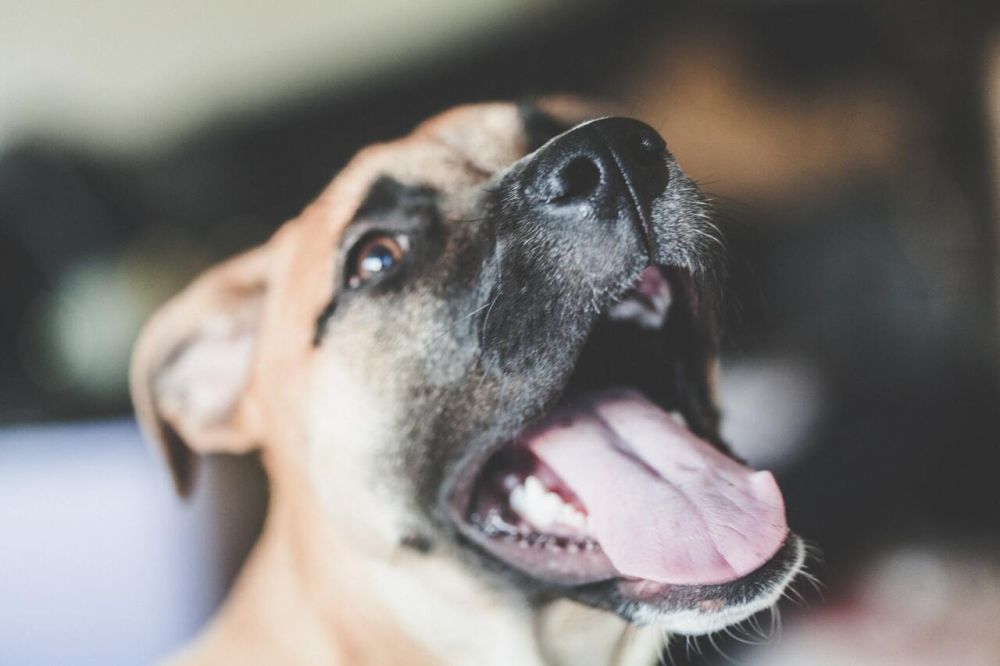
What Is Masticatory Myositis in Dogs
Masticatory Myositis, also called Eosinophilic Myositis, can either start gradually or come on suddenly. It will appear to be painful for your dog to open his mouth or chew, and he might not want to open his mouth at all. The muscles around the head, particularly those around the temple area, will become hollow, causing your dog to have a thin-faced look.
Since there are a number of possibilities as to why your dog cannot open his mouth, your vet will do several tests and examinations to establish whether or not it is indeed masticatory myositis.
Symptoms of Masticatory Myositis
The masticatory muscles are situated in the dog's jaw and are used for chewing (mastication). Muscles that make up the masticatory muscles include the masseter, the temporalis, the rostral digastricus, and the pterygoid muscles. “Myositis” means muscle inflammation, and these are the only muscles affected by the disease.
Once the disease has reached an acute stage, the masticatory muscles become swollen, and the eyes seem to bulge because of the swollen pterygoid muscles situated behind them. The dog could become feverish at this stage, and the local lymph nodes might also begin to swell. This is the stage when therapy produces the best results, but many owners, unfortunately, do not notice the problem until the muscles begin to degenerate and the jaws close firmly, making it difficult for the dog to eat.
Treatment for Masticatory Myositis in Dogs
Treatment, in short, is to suppress the immune system with high doses rather than the usual lower anti-inflammatory doses of dexamethasone or prednisone. These high doses should continue until the jaw can open and close normally.
Doses may be gradually tapered off then, over a period of 6 months. There are some cases where this treatment should continue for the rest of the dog’s life. The sooner the treatment begins, the better, but if it is stopped prematurely, then there is a strong possibility of a relapse. There will be little to no response from the treatment if the disease is in an advanced state when treatment begins.
Prognosis for Dogs That Have Masticatory Myositis
Recovery from masticatory myositis depends largely on the level of fibrosis present, as well as the dog’s response to treatment. The prognosis is good if the disease is detected early and if the appropriate treatment is used. Results of a good prognosis is when a dog regains full or partial range of jaw motion, but for dogs that are treated in the chronic stage of the disease, the prognosis will be less favorable.
Areas and Dog Breeds Affected by Masticatory Myositis
This disease affects dogs in all parts of the world. It affects males and females, and the average age of the dogs affected is around 3 years. It affects all dog breeds but is more common in larger breeds such as Labrador Retrievers, German Shepherds, Cavalier King Charles spaniels, and Golden Retrievers.
